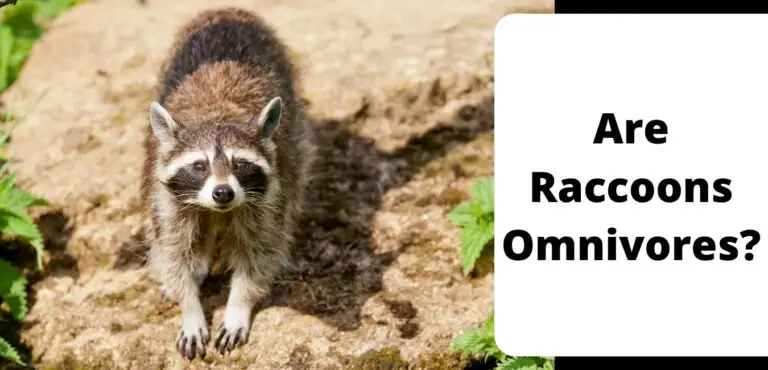

And, as a last resort, they may attack, but they would rather retreat if at all possible. They will likely spit, howl, hiss or growl when they feel threatened.

While raccoons often live in close proximity to people in both urban and suburban environments, even making dens in homes and sheds, they can be vicious when approached by humans. Raccoons may also feed on animals like fish and snakes. When not going through the trash, they eat an array of fruits and vegetables including cherries, apples, acorns, peaches, citrus fruits, wild grapes, figs, watermelons, corn and walnuts. They are very opportunistic and will often go through trash cans to dine on tasty leftovers. Raccoons are omnivores, which means that they will eat a variety of different foods from meats to plants. After mating, females will give birth to four to six kits (young) after carrying for about 60 days. However, male raccoons, or “boars,” wait until they are two years old to mate. The females, or “sows” as they are called, can reproduce as early as one year old. The animals have five very dexterous toes on their front paws that can open doors, jars and latches, as well as grasp and manipulate food they find in the wild. Even though they do not hibernate, they can sleep in their den for several weeks at a time during cold weather. Raccoons are nocturnal and are most active in spring, summer and fall. Their vocalizations can include hissing, whistling, screaming, growling and snarling. They are good swimmers and are also pretty expressive, communicating with a variety of sounds. In the wild, a raccoon can live for two to four years. In urban areas, they typically search for food within a range of only about one square mile of their den. Raccoons often make their dens in attics, sewers, barns and sheds. In addition to being found in the wild, they also make themselves at home in suburban and urban areas. These animals are highly intelligent and curious creatures that are extremely adaptable. Raccoons have five toes on their front paws that act much like human hands.Most people recognize a raccoon by its mask of black fur that covers its eyes. One theory is that the black mask around a raccoon’s eyes helps deflect glare and helps with night vision, according to PBS Nature. Raccoons are considered one of the primary carriers of the rabies virus in the United States, though only one person has ever died from a raccoon to human transmission of the disease, according to the Centers for Disease Control and Prevention. Raccoons can run up to 15 mph (24 km/h) and can fall 35 to 40 feet (11 to 12 meters) without injury, according to the ADW. Other raccoon populations are not currently endangered. The pygmy raccoon may have fewer than 250 mature individuals left in the wild, and the IUCN estimates that the total population size, including juveniles, is only 323 to 955. Species: Procyon cancrivorous (crab-eating raccoon), with four subspecies Procyon lotor (common raccoon), with 22 subspecies and Procyon pygmaeus (Cozumel raccoon or pygmy raccoon).Īccording to the International Union for Conservation of Nature (IUCN), the pygmy raccoon is critically endangered.Here is the taxonomy of the raccoon, according to Integrated Taxonomic Information System (ITIS). Raccoons live around 2 to 3 years in the wild. They become completely independent at 8 to 12 months of age. At 12 weeks, they will start to roam away from their mothers for whole nights at a time, according to the Washington Department of Fish and Wildlife. As a group, a mother and her baby raccoons are called a nursery.įor the first two months of their lives, babies live in their den and are weened at 7 to 16 weeks.

Females have one to seven offspring after a gestation period of 60 to 73 days. Schneider) Offspringīaby raccoons are called kits or cubs and are usually born in the early summer. Raccoons are more than happy to make human areas their homes.


 0 kommentar(er)
0 kommentar(er)
